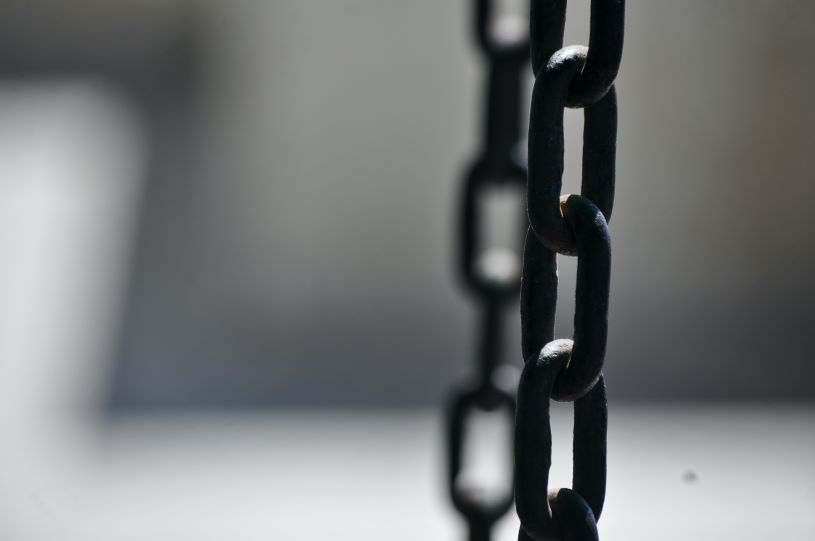In the last two days, the Supreme Court (SC) has passed two significant judgments that will have ramifications for years to come. On Monday, a three-judge bench of the SC rejected a woman’s request to terminate her 27-week-long pregnancy, an ominous sign for the jurisprudence of consent, choice, and reproductive and sexual autonomy. On Tuesday, by a 3-2 majority, the SC virtually rejected all the prayers in a batch of petitions seeking, among other reliefs, marriage equality and a bouquet of rights (such as adoption and insurance benefits) for the LGBTQ+ community.

Justices Ravindra Bhat and Hima Kohli held that an entitlement to a legal union of marriage and a legal framework for queer couples could only be granted through a law enacted by Parliament, and not by the judiciary. Marriage, being a “social institution”, did not vest individuals with an unqualified right to marry. Thus, they said, “All queer persons have the right to choose their partners” but the State cannot be obligated to recognise the “bouquet of rights” flowing from such a relationship. Justice Narasimha joined the majority and held that there was no “unqualified” right to marry, and such a right only arose from a statute or custom. In view of this, the three justices refused to recognise either a right to marry or a right to civil union for queer people.
Chief Justice DY Chandrachud broadly recognised civil unions and the right of queer couples to adopt. His concurring opinion put forth important perspectives on the importance of protecting LBGTQ+ rights and the community from harassment and violence. Justice SK Kaul too recognised the importance of queer unions to give “partnership and love”. However, both concurring dissents stopped well short of marriage equality owing to “institutional limitations”.
Thus, all five judges agree on one thing — that the courts do not have the jurisdiction to legalise same-sex marriage, since to do so, would amount to judicial legislation. Consequently, the provisions of the Special Marriage Act, 1955 (SMA) and Foreign Marriage Act, 1969 that restrict marriage to a union between a man and a woman, were upheld.
Such a view, in my reading, is incorrect. The petitioners before the SC were asking for a ruling on the unconstitutionality of certain provisions of the SMA on the ground that it excluded a group of persons solely by reason of their ascriptive characteristics. Such an exclusion was discriminatory, violative of their right to privacy and dignity, and unconstitutional.
Additionally, the SC has, in the past, stepped in to fill a legislative vacuum by issuing guidelines under Article 142 of the Constitution (granting it extraordinary powers to do justice). In the Vishaka judgment of 1997, the SC issued detailed guidelines to deal with sexual harassment at the workplace, that eventually formed the basis of the Sexual Harassment of Women at Workplace (Prevention, Prohibition and Redressal) Act, 2013. Similarly, in the 1997 PUCL judgment, the SC laid down guidelines to govern the surveillance and interception framework, which eventually resulted in the government introducing rule 419A of the Telegraph Act.
In parliamentary democracies, legislatures work on the principle of majoritarianism. That is why courts of law are vested with the power of judicial review — to protect the counter-majoritarian interests and the interests of so-called minuscule minorities.
As far back as 1952, in the landmark judgment State of Madras vs VG Row, the SC held that it had been assigned the role of the sentinel on the qui vive, i.e. the protector of the fundamental rights, noting “while the court naturally attaches great weight to the legislative judgment, it cannot desert its own duty to determine finally the constitutionality of an impugned statute.” The queer petitioners were before the SC because they wanted legal and social recognition of their partnership. They wanted stability and certainty — that comes from having a recognised bouquet of rights of adoption, inheritance, insurance, tax benefits, and the ability to open joint bank accounts. This, in no way, undermines the institution of marriage. However, the government argued that recognising marriage equality would undermine the social fabric of the institution and impact the safety and health of the children that were conceived of such unions.
In such a case, leaving it to a committee to be formed (at some indeterminate point) by the government to determine the rights of queer people is an abdication of the SC’s role as the sentinel on the qui vive. Such a committee has no basis in law, would be constituted solely at the behest of the government, and would not even have the benefit of parliamentary discussion and debate. The recent experiment with the committee for reforms in criminal law — which resulted in three controversial bills that are set to replace our Penal Code, Evidence Act, and Criminal Procedural Code — should hold clues.
The one ray of hope was the majority’s recognition of the right of transgender people in heterosexual relationships to marry as per existing laws, and the recognition that some element of discrimination exists, and needs to be battled. But it remains unclear how, if at all, this will be done.
While decriminalising homosexuality in 2018, Justice Indu Malhotra memorably said, “History owes an apology to the members of this community and their families, for the delay in providing redressal for the ignominy and ostracism that they have suffered through the centuries.” Unfortunately, it seems, once again, that delay in recognising a full panoply of rights for queer people is imminent
Vrinda Bhandari is a Delhi-based advocate The views expressed are personal
















